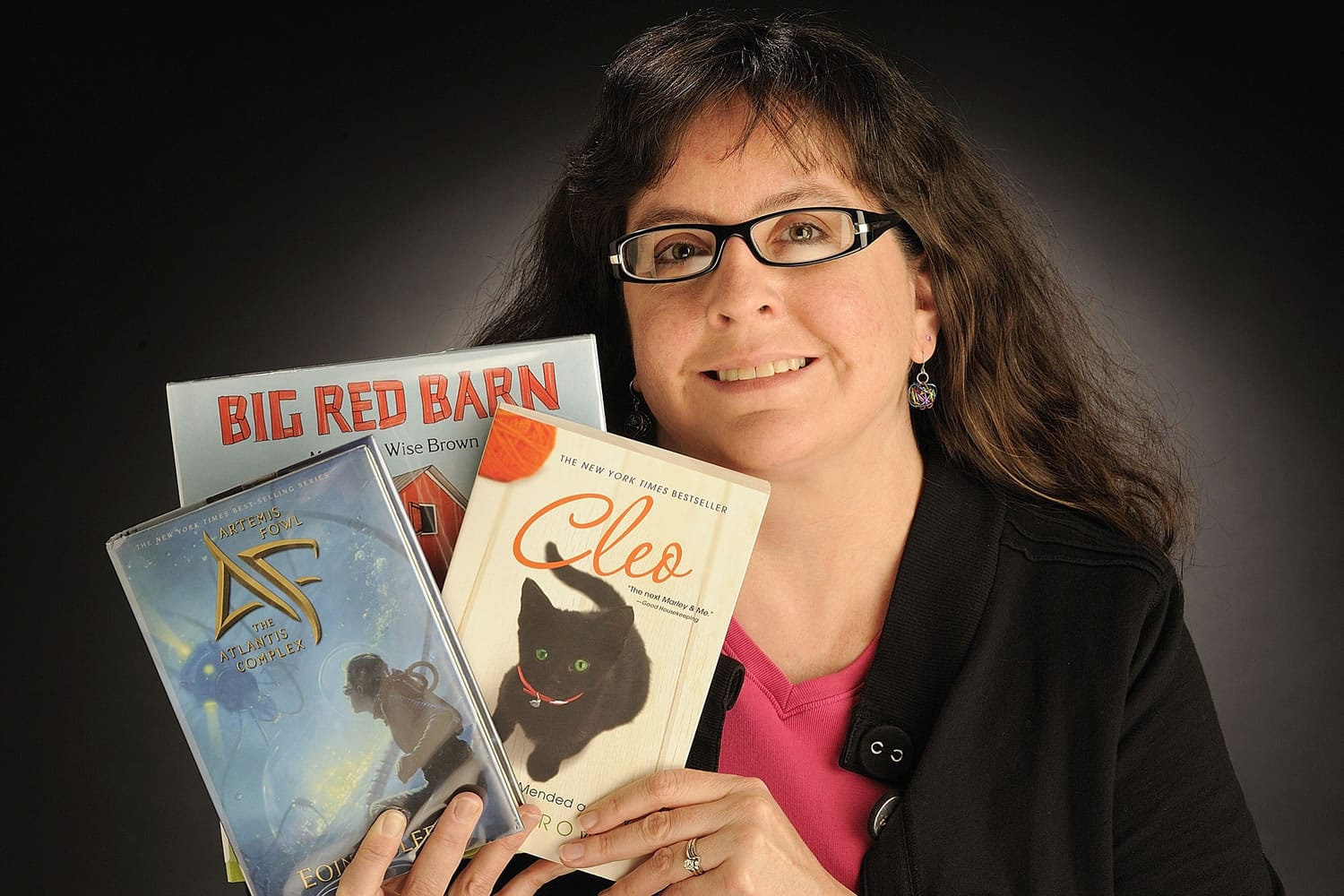“Pumpkin:
The Curious Story
of an American Icon”
By Cindy Ott:
University of Washington Press,
323 pages.
Want the scoop on pumpkins? Have I got the solution for you! Best of all, you won’t even need a spoon — just a few hours to sit back, relax, and read Cindy Ott’s “Pumpkin,” an intriguing history of everyone’s favorite orange orb.
If a pumpkin makes you think only of jack-o’-lanterns and Thanksgiving pie, you might be surprised to know just how important this vegetable — actually it’s a fruit, but most people call it a vegetable — has been to humankind.
Today’s pumpkin enthusiasts prize the squash for its easy-to-grow, easy-to-smash qualities, making it a favorite for both gardeners and pumpkin-chunkers. But history shows that it once existed as an unequivocal food staple for certain groups of people. The pumpkin, or macock, as it was called by early Native Americans, was held in high regard among tribes such as the Iroquois and Hurons. Maize, beans and macock (which also included what we now call squashes and gourds) formed a type of dietary and economic trinity for many Native Americans. And pumpkins not only provided reliable nutritional sustenance to pre-colonial tribes, their shells could be used as cooking and/or storage vessels. To say that the 17th century pumpkin, which probably looked quite different from the round, orange variety we’re accustomed to seeing today, held an esteemed position within Native American culture, is not an overstatement.
Alas, the history of the pumpkin reveals that such prominence did not carry over to the Pilgrims, and certainly not to the Pilgrims’ homeland. While the Pilgrims recognized that being able to rely on a stable crop such as the pumpkin was the best way to stave off starvation, they did not celebrate this “new” plant. They included it in their diet by observing how their Native American neighbors cooked with it, but it wasn’t embraced as heartily as other New World flora.



